TEMPSHIELD Cryo-Gloves®Kryohandskar

Ring 042-300 91 30 eller maila info@labteamet.com
 |
 |
Caution: Not intended for immersion in liquid nitrogen or other cryogenic liquids.
 |
THE CURE. IT’S IN YOUR HANDS.™ |
| A portion of profits from PINK Product Sales goes to cancer research and support services. |
Choosing the correct glove fit is essential to your safety and comfort.
 |
 |
| For your hand length, measure from the fold of your wrist to the tip of your middle finger. |
For your hand width, make a fist with your dominant hand and measure the circumference below your knuckles. Do not include your thumb. |
SIZE (EU) |
HAND LENGTH |
HAND WIDTH |
| S | 171 mm | 178–202 mm |
| M | 182 mm | 203–228 mm |
| L | 192 mm | 229–253 mm |
| XL | 204 mm | 254–278 mm |
| XXL | 204 mm | 279–304 mm |
| 3XL | 204 mm | 305–330 mm |
Cryogenic Safety
Anyone handling cryogenic liquids should be familiar with the hazards presented by such materials and trained in how to handle them safely. Emergency procedures should be established and rehearsed, proper training in the operation of all equipment provided and knowledge and appreciation of hazardous properties of the materials instilled. Cryogenic liquids should never be handled without proper protective gear.
Generally recommended protective apparel for handling cryogenic liquids include the following:
Proper fitting gloves*
Protective face shield or goggles
Protective apron without pockets
Pants without cuffs
Shoes without laces or spats covering shoes and area unprotected by apron
Proper Fitting Gloves For maximum dexterity and safety, cryogenic gloves must fit properly. Although gloves should be loose enough to allow for quick removal if necessary, a glove that is too large impairs dexterity and function. A tight glove leads to thermal loss.
WARNING Anyone handling cryogenic liquids should be familiar with the hazards presented by such materials and trained in how to handle them safely. Emergency procedures should be established and rehearsed, proper training in the operation of all equipment provided, and knowledge and appreciation of hazardous properties of the materials instilled. Cryogenic liquids should never be handled without proper protective gear.
CAUTION Not intended for immersion in liquid nitrogen or other cryogenic liquids.
Choosing the correct glove fit is essential to your safety and comfort.
 |
 |
| For your hand length, measure from the fold of your wrist to the tip of your middle finger. |
For your hand width, make a fist with your dominant hand and measure the circumference below your knuckles. Do not include your thumb. |
SIZE (EU) |
HAND LENGTH |
HAND WIDTH |
| S | 171 mm | 178–202 mm |
| M | 182 mm | 203–228 mm |
| L | 192 mm | 229–253 mm |
| XL | 204 mm | 254–278 mm |
| XXL | 204 mm | 279–304 mm |
| 3XL | 204 mm | 305–330 mm |

LEASING / HYRA / AVBETALNING
Vårt samarbete med Svea gör att du snabbt och enkelt får förslag på finansiering som passar dina behov Finansiering upp till 100%. Ni slipper binda ert kapital. Läs mer om leasing och allriskförsäkring.
Investera nu i rätt utrustning, för att säkra er konkurrenskraft, kapacitet och tillgång till vital utrustning Sprid kostnaden över den tid som utrustningen används. Utrustningen som säkerhet för finansieringen.
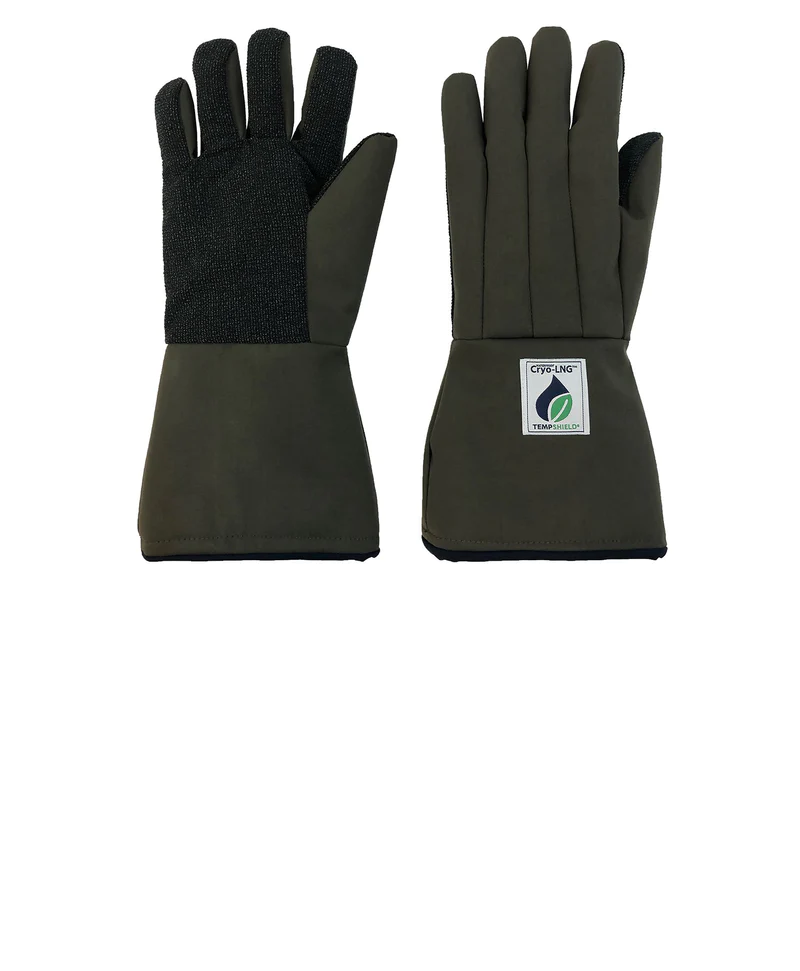
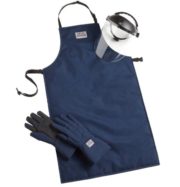
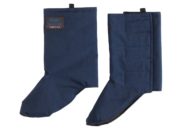
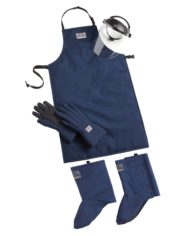


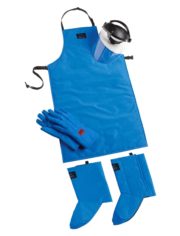
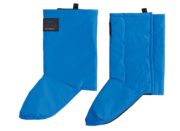
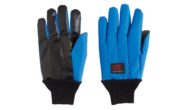

STOCKHOLM
LabTeam Scandinavia AB
Finlandsgatan 36
164 74 Kista
Sweden
GÖTEBORG
LabTeam Scandinavia AB
Stora Åvägen 21
436 34 Askim/Göteborg
Sweden

LEASING / HYRA / AVBETALNING
Vårt samarbete med Svea gör att du snabbt och enkelt får förslag på finansiering som passar dina behov Finansiering upp till 100%. Ni slipper binda ert kapital. Läs mer om leasing och allriskförsäkring.
ANMÄL DIG TILL VÅRT NYHETSBREV
Din epost (obligatorisk)


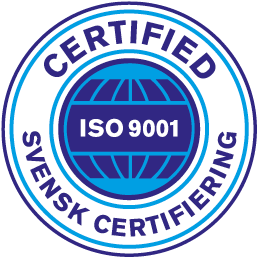
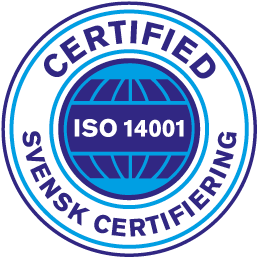

För att ge de bästa upplevelserna använder vi teknik som cookies för att lagra och/eller komma åt enhetsinformation. Genom att godkänna dessa tekniker kan vi behandla data som surfbeteende eller unika ID:n på denna webbplats. Att inte samtycka eller återkalla samtycke kan påverka vissa funktioner och funktioner negativt.
Denna förfrågan gäller endast för denna produkt. Vill du göra förfrågningar för flera produkter samtidigt så använd knappen “Förfrågan (flera produkter)” på respektive produktsida istället och samla dina produkter under “Mina produkter” innan du skickar din förfrågan.
Har du lagt till produkter till “Mina produkter” så glöm inte skicka iväg din pris- eller produktförfrågan också. Skapa gärna ett konto så sparas alla dina förfrågningarna under “Mitt konto” sidan.